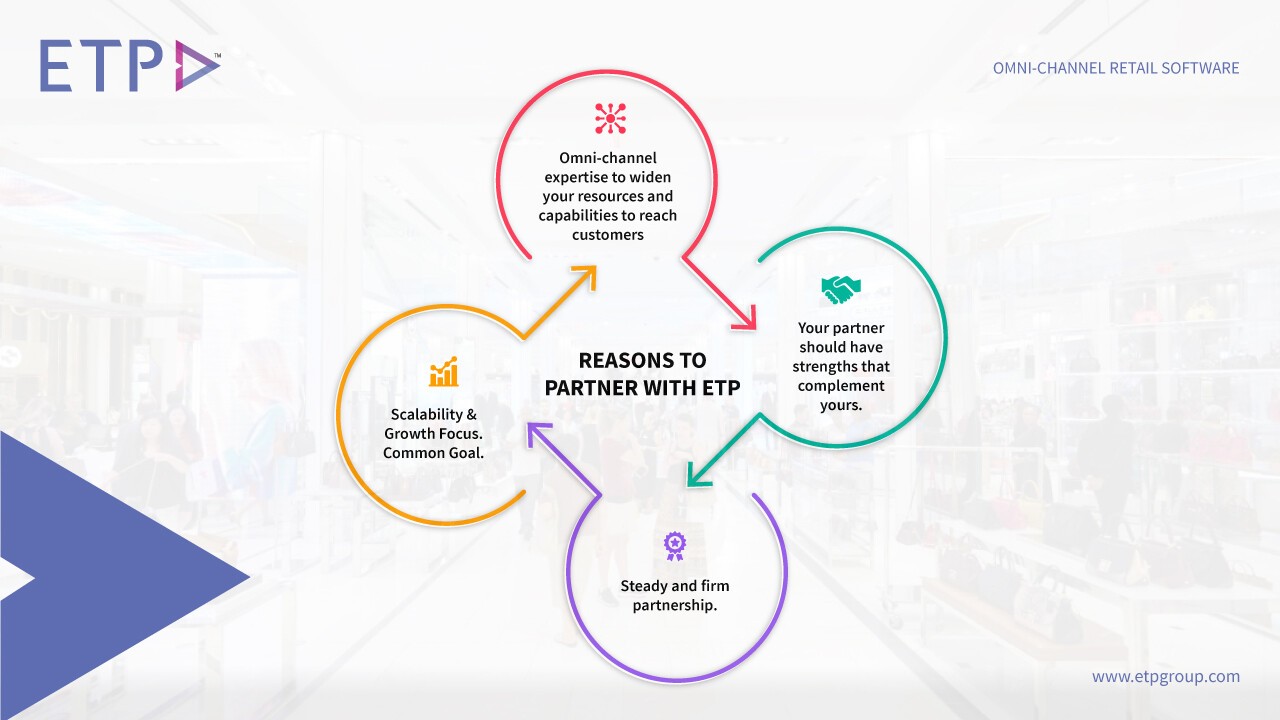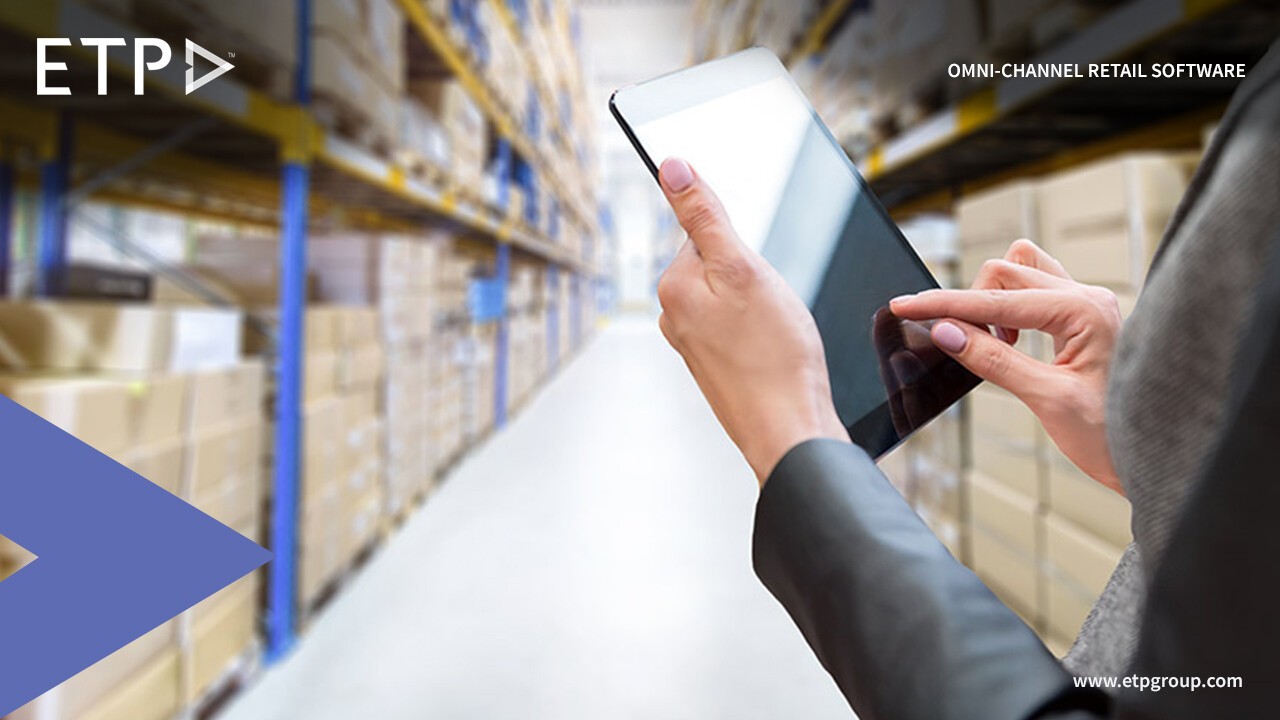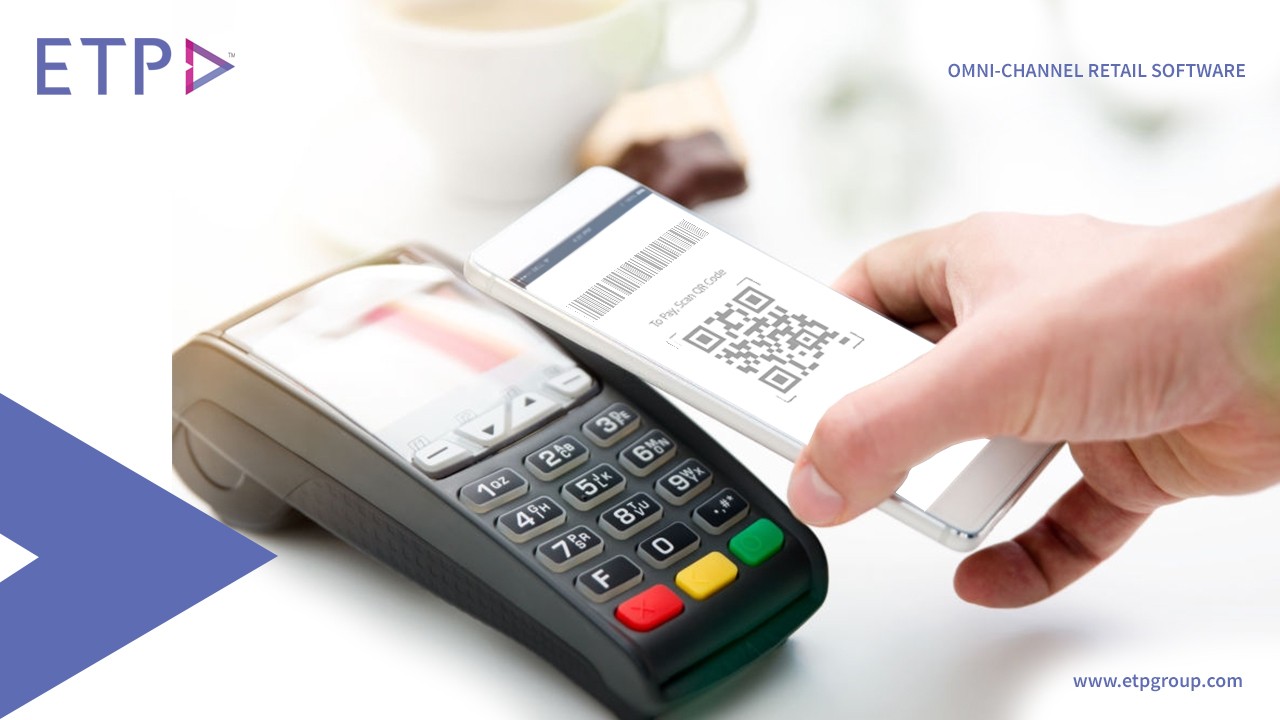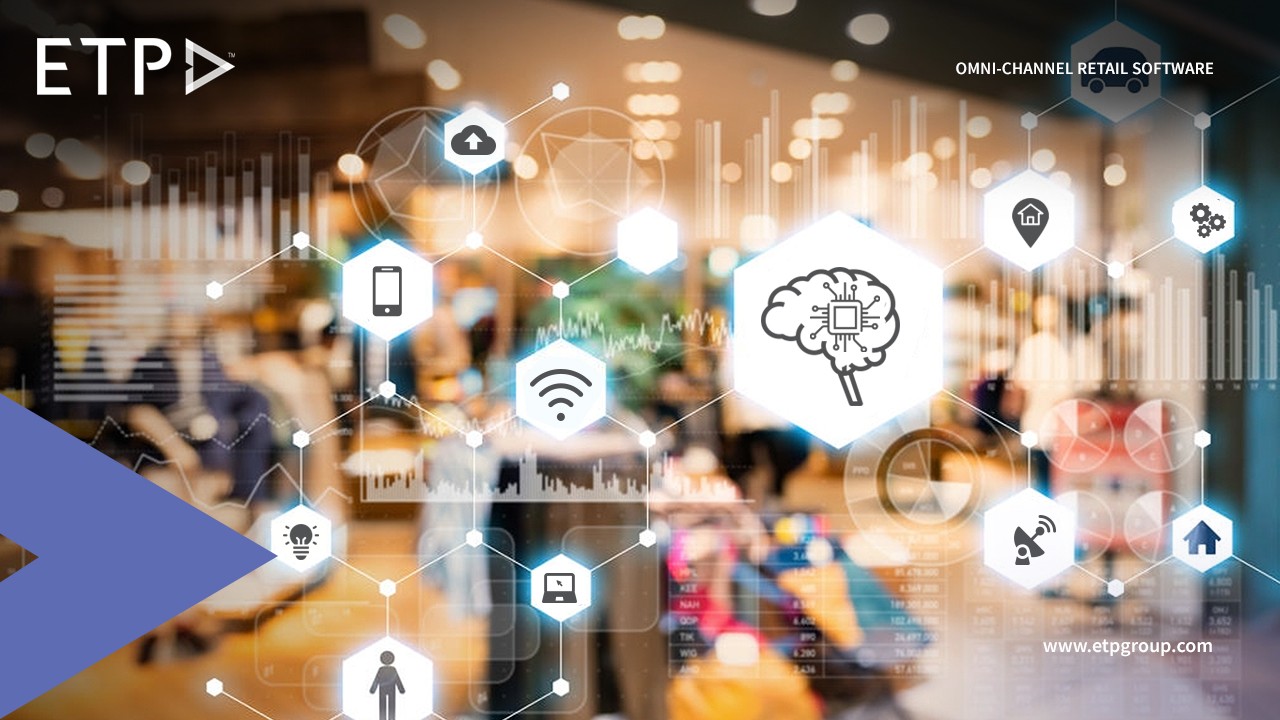The holiday season always brings in waves of shoppers that often results in longer checkout and long queues. This will often turn shoppers off and direct them into your competitors’ store where there are shorter queues and more efficient check out systems.
So, what can you do to move the queues at lightning speed and potentially sell more and gain more customers?
Have a mobile POS (mPOS) system
A mPOS system will allow your staff to help customers check out faster and for them to assist with smaller purchases so that the customers can be out the door as soon as possible.
Having an mPOS system would also mean that you can be registering right outside the store and customers are able to enter and purchase quickly. This allows retailers to engage shoppers in the queue awaiting to enter the store and potentially close sales using the mPOS system. This divide and delight strategy will help ease the crowd significantly and customers will not have to wait too long to pay for their items, keeping them happy and allowing them to have a great impression of your store.
Introduce BOPIS
BOPIS, buy online and pick up in-store. This strategy allows customers to buy and purchase online and hop over to your store to grab the item. They may even be queueing in another store and purchasing your item so that they can grab and go afterwards.
By doing this, customers will be able to have the instant gratification of getting the item instantly without having to queue for it.
Offer endless aisle
During the holiday season, it is common to see empty shelves and frustrated shoppers. Staff are unable to restock the shelves in time and that leaves the shoppers frustrated because they made a wasted trip down.
Hence, having an endless aisle option, allows for the customers in store to view the entire inventory across all your stores and warehouses and pick out the item either to be shipped to their homes or reserve it for pick up another time. This will reduce the number of shoppers queuing up just to ask about the availability of the item and when will the next batch of stocks arrive, significantly reducing the queues in stores.
Have an e-commerce presence
All the previous options are all related to the physical store front. What if you have a fully digital option where shoppers are able to shop online and have the goods delivered right to their doorstep?
In this way, you reduce the number of customers in store and may even potentially have more sales online because the customer is not limited by the number of items they can carry!











